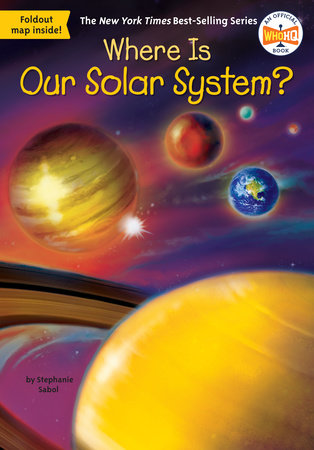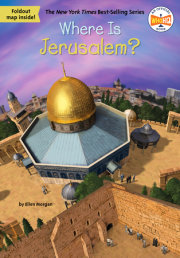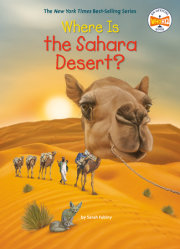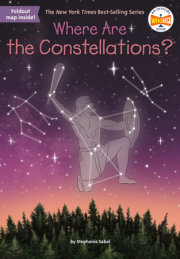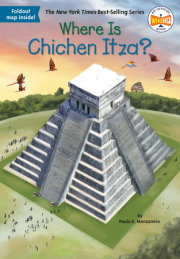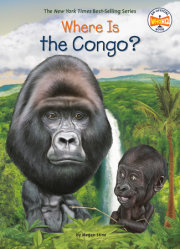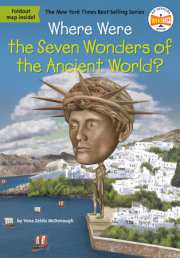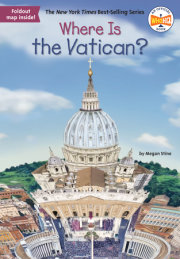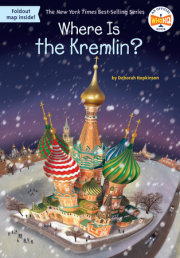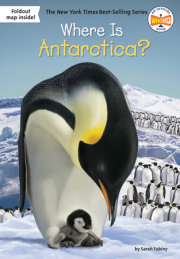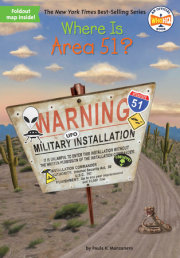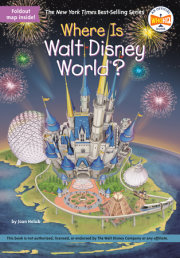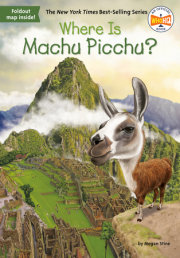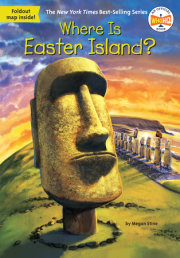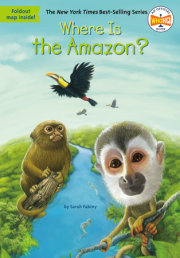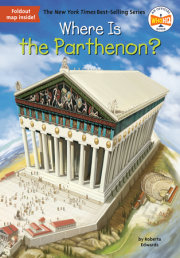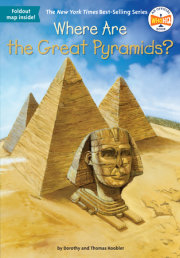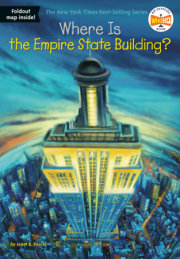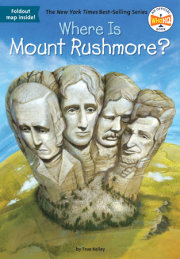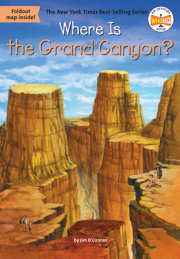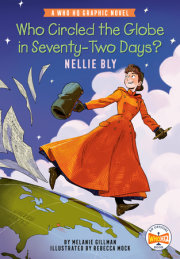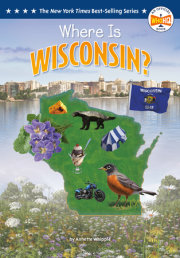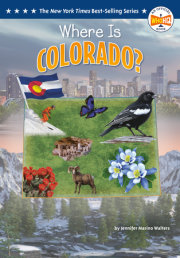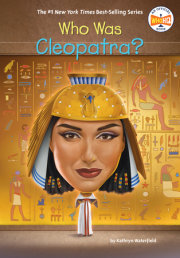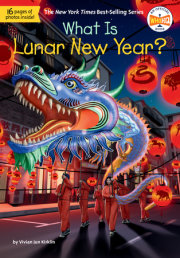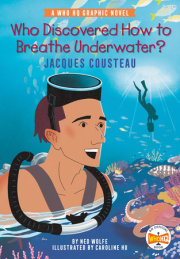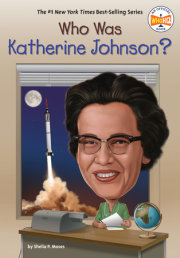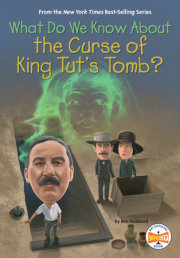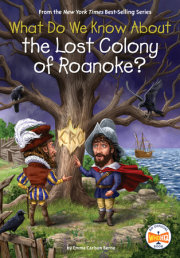Where Is Our Solar System? Thousands of years ago in China, farmers were out in the field working. It had been a sunny day. But suddenly the sky began to darken. This wasn’t just a cloud—the sun was disappearing! In a few minutes, the sky was completely dark. The farmers thought they knew what was happening. A dragon was eating the sun.
Quickly, they started to make noise. They chanted songs, beat drums, and banged pots and pans. They had to scare the dragon away. Then the sun would come back. Sure enough, in just a few minutes, it did. Making noise had worked, the farmers believed.
Today we know that a dragon wasn’t trying to eat the sun. What those farmers in China saw was a total solar eclipse.
Every year and a half or so, the moon, which is always circling Earth, will get in between the sun and Earth. For a few minutes the moon blocks the sun completely. There is no sunlight.
However, in ancient times, the Chinese and other people didn’t know the scientific reasons why certain events happened in the natural world. So they made up myths, or stories, to explain them.
The ancient Greeks believed that a group of superhuman gods and goddesses ruled the world. Each morning, one of the gods, Helios, drove a chariot up in the sky, pulling the sun behind him. This was the sunrise. In the evening, he drove back down again. That was the sunset.
The Mayans told stories about the moon. There was a moon goddess who fought with the sun, forcing it to go down into the underworld every night. That explained why the sun disappeared whenever the moon came out.
Because of astronomy—the scientific study of objects in space—we know there are no gods or dragons ruling over the heavens. We know that the sun is a star—a star made of hot gas. Eight planets circle, or “orbit,” around it, along with comets and asteroids. This is what we call our solar system. And even though we have learned much about it, there are still many things we have yet to discover. The solar system is still a big, exciting mystery.
Chapter 1: Sky Watching Although ancient people didn’t understand why many things happened in their world, they were able to learn a lot just by observation. By looking. For instance, from watching the night sky, sailors realized that the position of stars acted like points on a map and helped them navigate their ships.
During the day, the changing position of the sun told the time. Hunters knew to move to new areas when the seasons changed. And farmers saw that certain crops grew better if they were planted during a certain phase of the moon.
Ancient people also noticed that while some stars seemed to stay fixed in the sky, others moved about. Early Greek stargazers gave these “stars” a special name:
planetes, which means “wanderer.” (It’s where we get the word
planet.) They were able to see five planets with the naked eye—Mercury, Venus, Mars, Jupiter, and Saturn.
Eventually, scientists in ancient Greece became more curious about the science behind the sun, moon, and planets. They wanted to understand
why the planets moved, and why the moon seemed to change shape.
This led to the beginning of the science of astronomy.
Aristotle was born in Greece about 2,400 years ago. He was a brilliant philosopher and teacher. A philosopher studies different ideas about the meaning of life and the natural world. Aristotle, who tutored the famous king Alexander the Great, was also an astronomer.
Aristotle realized that the Earth was round. Up until then, people believed the Earth was flat. They thought that if they walked to its edge, they would fall right off. Aristotle proved that the Earth was actually a sphere. How did he know this? He observed that some stars could only be seen from certain places on Earth. If you traveled far away (say from Greece to southern Africa), the stars would no longer be visible. The only explanation for this was that the Earth was curved and made certain stars disappear from view.
The Greek scientist Ptolemy was born almost five hundred years after Aristotle, around AD 100. He lived and worked in Alexandria, Egypt. From watching how the other planets moved, Ptolemy thought that the Earth was the center of the universe. He thought that the other planets and the sun rotated around Earth. He was not correct, but people kept on believing Ptolemy for another 1,400 years!
During the Middle Ages, astronomy flourished in the Islamic empire that spread over much of the Middle East, North Africa, and Spain. One of the most famous Islamic astronomers was Omar Khayyam. Khayyam was born in 1048. He built an observatory in what is now Iran. (An observatory is a building with scientific equipment to study the sky.) From watching the movements of the planets, Khayyam made a calendar. It was so accurate that it is still used in Iran and Afghanistan today.
So, little by little, information became known about the solar system. However, truly amazing discoveries in astronomy didn’t come for another four hundred years.
Copyright © 2018 by Penguin Random House LLC.. All rights reserved. No part of this excerpt may be reproduced or reprinted without permission in writing from the publisher.





